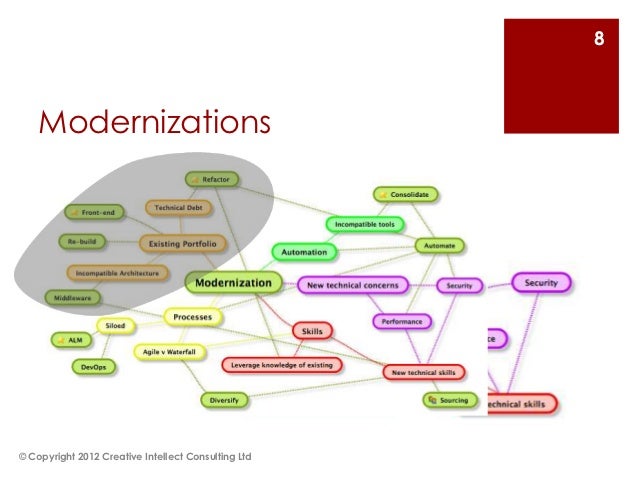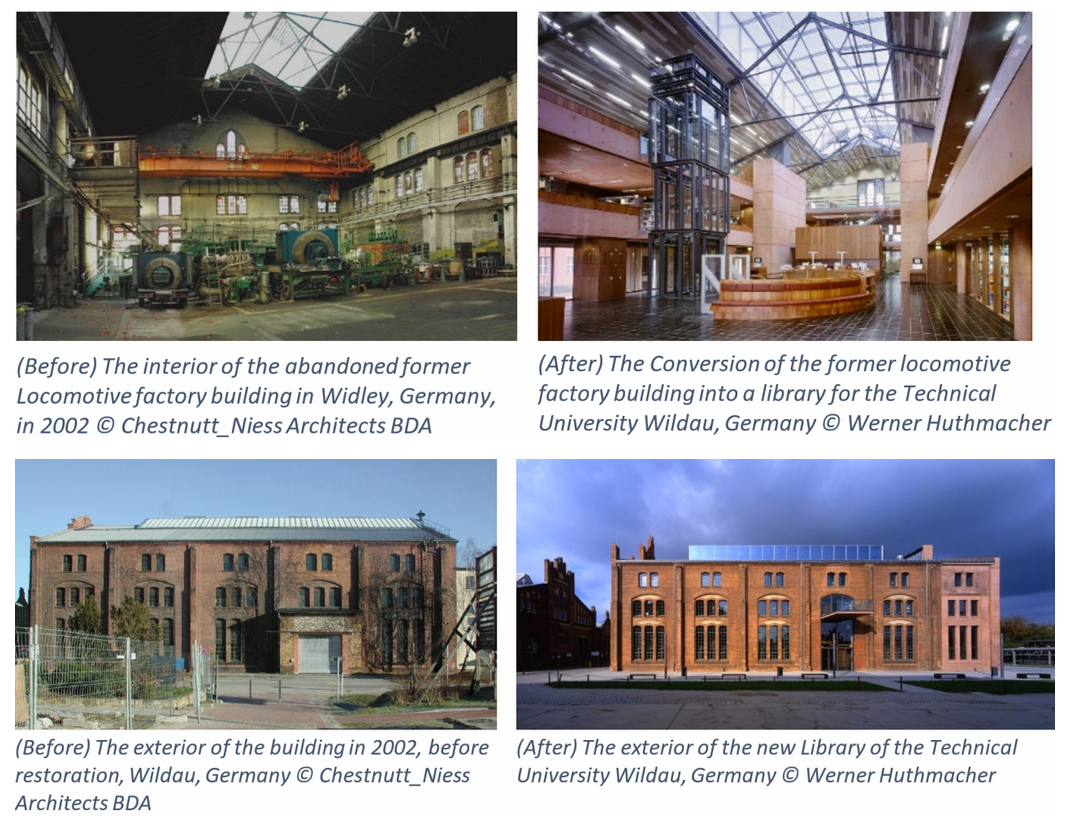What Are The Architectural Considerations For Designing Sustainable Libraries?

Environmental design is an interdisciplinary field that involves the study of the relationship between humans and the environment. It is concerned with the design, planning, and management of the built environment in order to improve its sustainability and meet the needs of its inhabitants. Here are some important points about environmental design:
1. The Importance of Environmental Design
Environmental design is important because it can have a significant impact on the quality of life of its inhabitants. A well-designed built environment can promote health and wellbeing, while a poorly designed one can have the opposite effect. It can also impact the environment, with poorly designed buildings contributing to greenhouse gas emissions and other environmental problems. Therefore, it is important to design buildings in a way that is both sustainable and supportive of the health and wellbeing of their inhabitants.
2. Green Buildings
Green buildings are designed to be environmentally sustainable. They can reduce energy consumption, greenhouse gas emissions, and water use. They can also improve indoor air quality and reduce the negative impact of buildings on their surroundings. In order to be considered a green building, a building must meet certain standards and certifications, such as Leadership in Energy and Environmental Design (LEED).
3. Biophilic Design
Biophilic design is a type of environmental design that seeks to connect people with nature in the built environment. It involves incorporating natural features, such as plants and natural light, into the design of a building. This can have a positive impact on the health and wellbeing of its inhabitants, reducing stress and promoting productivity. Biophilic design can also promote sustainability, as it can help to improve the energy efficiency of buildings.
4. Universal Design
Universal design is a type of environmental design that seeks to create spaces that are accessible to all people, regardless of disability or age. It involves designing buildings and spaces in a way that considers the needs of all people, including those with disabilities. This can include features such as ramps, elevators, and wider doorways. Universal design can also benefit everyone, as it can make spaces more functional and easier to use.
5. Adaptive Reuse
Adaptive reuse is a type of environmental design that involves repurposing existing buildings instead of tearing them down and building new ones. This can be beneficial for the environment, as it can reduce waste and preserve historic buildings. It can also be beneficial for communities, as it can help to revitalize and repurpose existing spaces.
6. Sustainable Materials
Sustainable materials are materials that are environmentally friendly and produced in a way that minimizes their negative impact on the environment. They can include materials such as bamboo, recycled steel, and reclaimed wood. Using sustainable materials in building construction can help to reduce greenhouse gas emissions, as well as reduce waste and pollution.
7. Community Engagement
Community engagement is an important aspect of environmental design. It involves working with the community to understand their needs and preferences, as well as involving them in the design process. This can help to create spaces that are more functional and better meet the needs of their inhabitants. It can also help to build community support for environmental design projects.
8. Benefits of Environmental Design
Environmental design can have many benefits, both for individuals and for society as a whole. It can promote health and wellbeing, reduce environmental damage, and improve the functionality and sustainability of buildings and spaces. It can also help to create more livable communities and promote social and environmental justice.
FAQ:
What is environmental design?
Environmental design is an interdisciplinary field that involves the study of the relationship between humans and the environment. It is concerned with the design, planning, and management of the built environment in order to improve its sustainability and meet the needs of its inhabitants.
What are green buildings?
Green buildings are designed to be environmentally sustainable. They can reduce energy consumption, greenhouse gas emissions, and water use. They can also improve indoor air quality and reduce the negative impact of buildings on their surroundings.
What is biophilic design?
Biophilic design is a type of environmental design that seeks to connect people with nature in the built environment. It involves incorporating natural features, such as plants and natural light, into the design of a building.
What is universal design?
Universal design is a type of environmental design that seeks to create spaces that are accessible to all people, regardless of disability or age.
What is adaptive reuse?
Adaptive reuse is a type of environmental design that involves repurposing existing buildings instead of tearing them down and building new ones.
What are sustainable materials?
Sustainable materials are materials that are environmentally friendly and produced in a way that minimizes their negative impact on the environment.
Why is community engagement important in environmental design?
Community engagement is important in environmental design because it involves working with the community to understand their needs and preferences, as well as involving them in the design process. This can help to create spaces that are more functional and better meet the needs of their inhabitants.
Overall, environmental design is an important and growing field that seeks to improve the sustainability and livability of our built environment. By incorporating sustainable materials, biophilic design, universal design, and community engagement into design projects, we can create spaces that benefit both individuals and society as a whole.




Post a Comment for "What Are The Architectural Considerations For Designing Sustainable Libraries?"